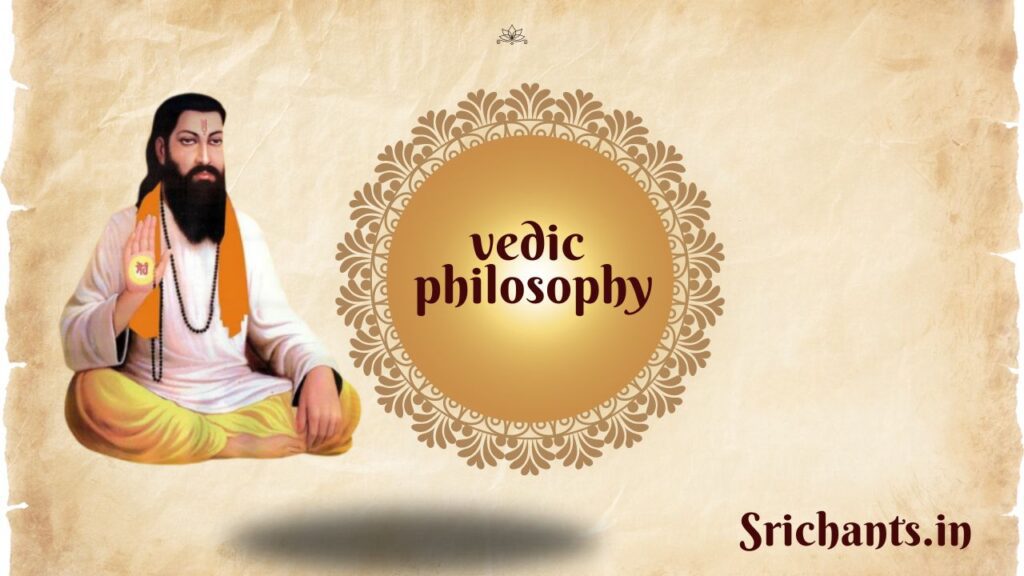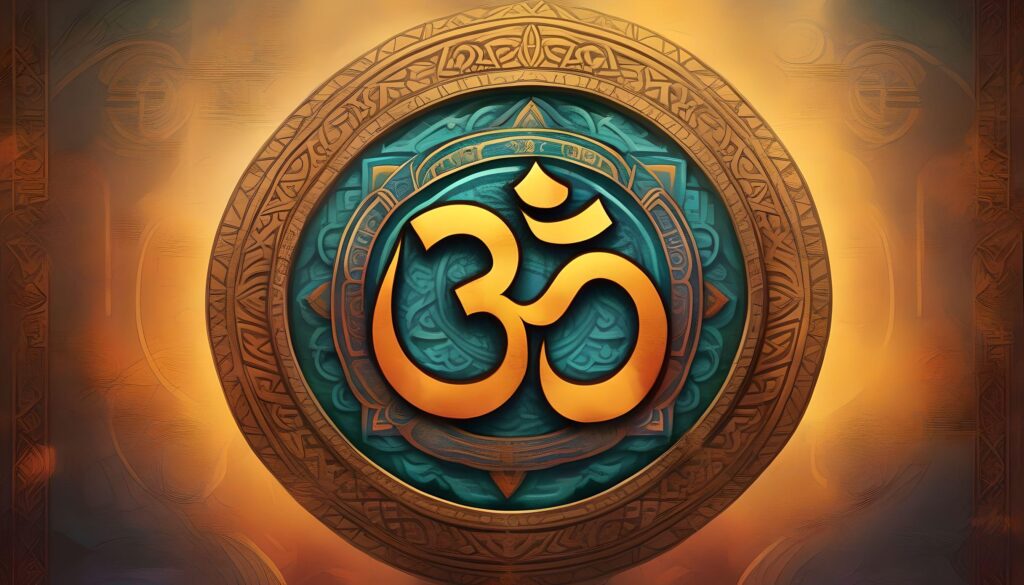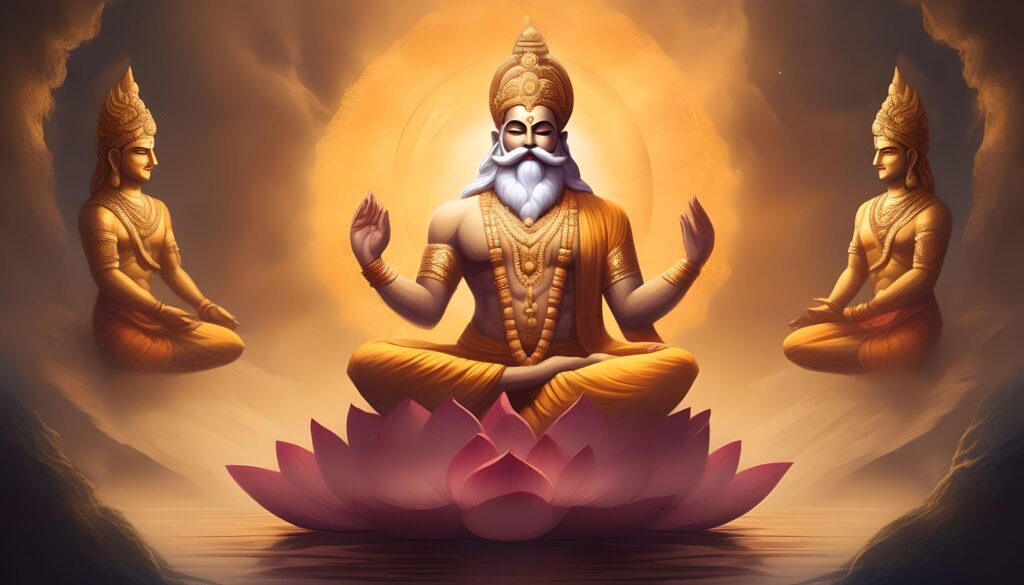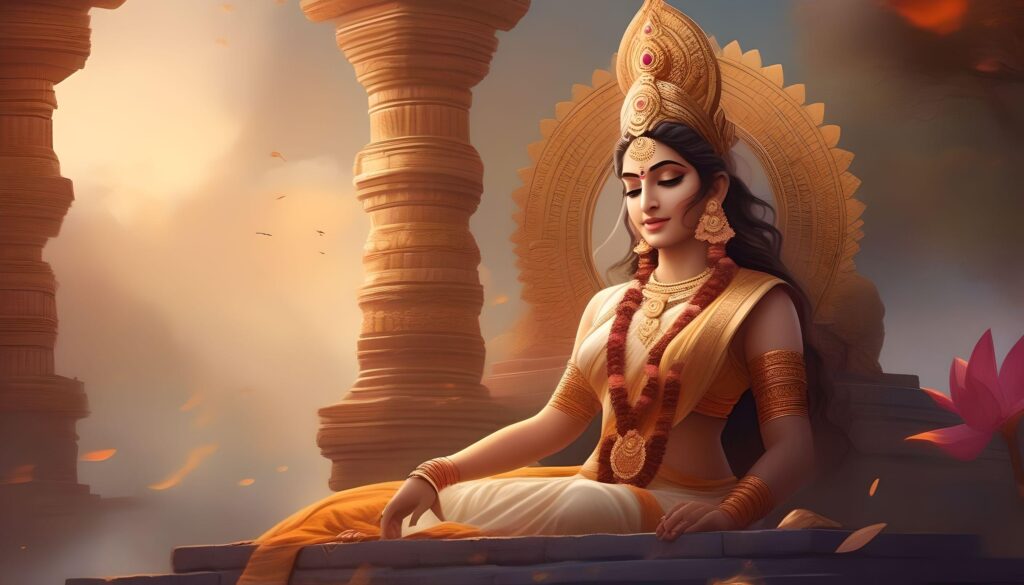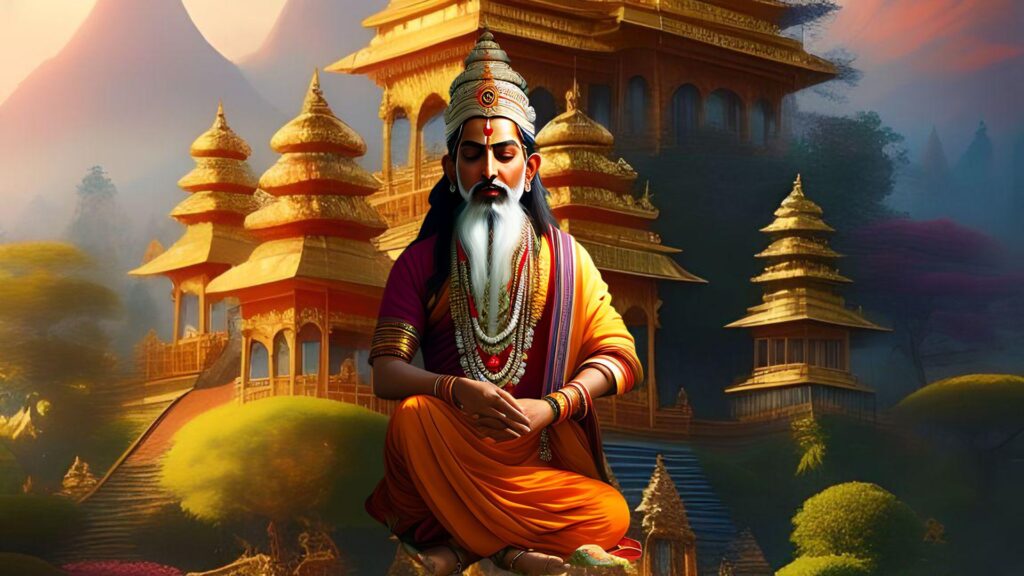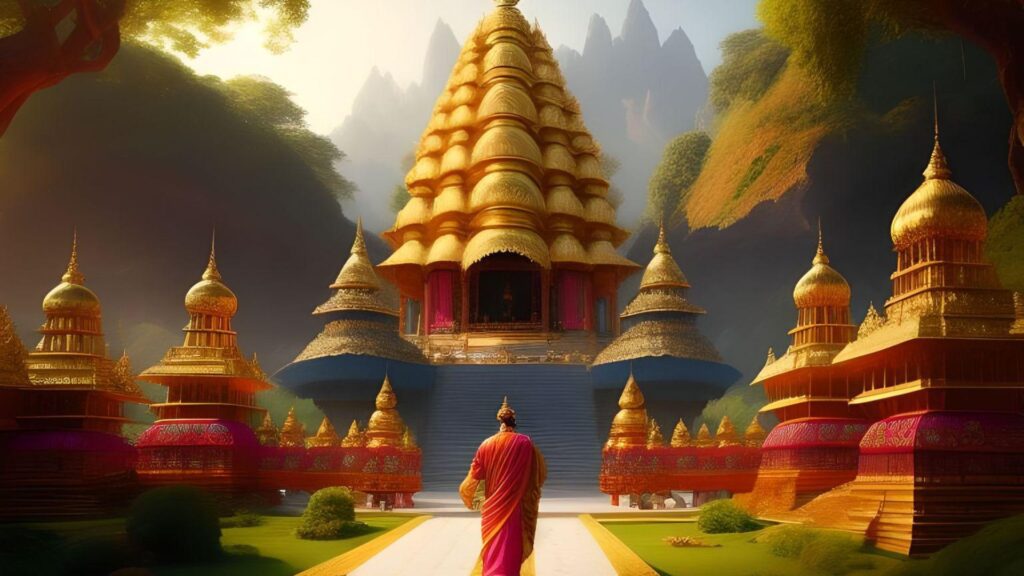Vedic Philosophy: Exploring the Ancient Wisdom
Table of Contents
- Introduction
- The Rig Vedic Period: Worship of Deities
- The Development of Philosophical Ideas
- The Later Vedic Period
- The Concept of Atman and Brahman
- The Six Schools of Indian Philosophy
- Samkhya System
- Yoga Philosophy
- Nyaya Philosophy
- Vaisheshika Philosophy
- Mimamsa Philosophy
- Vedanta Philosophy
- Samkhya System: Understanding the Dual Principles
- Yoga Philosophy: Union of the Body and Mind
- Nyaya Philosophy: The Art of Logical Thinking
- Vaisheshika Philosophy: Realism and Objectivity
- Mimamsa Philosophy: Analysis and Interpretation of Vedas
- Vedanta Philosophy: The Essence of Upanishads
- The Contributions of Shankaracharya and Ramanuja
- Conclusion
Introduction
Vedic philosophy, an ancient Indian philosophical system, comprises an extensive array of concepts and ideas. Its inception can be traced back to the Vedic period, which commenced approximately 1500 BCE. The Vedic era was distinguished by the supplications offered to a multitude of deities symbolic of diverse natural phenomena. Nevertheless, it was in the latter part of the Vedic era that more profound philosophical concepts arose concerning the intrinsic essence of the soul (Atman) and the fundamental cosmic principle (Brahman).
This article aims to provide an in-depth analysis of the intriguing realm of Vedic philosophy, encompassing its historical import, principal philosophical schools, and fundamental concepts. Accompany us as we explore the profound insights of ancient sages and acquire a more profound comprehension of the underpinnings of Indian philosophy.
The Rig Vedic Period: Worship of Deities
The Rig Vedic people’s religious practices revolved predominantly around the veneration of an extensive number of deities. An assortment of natural phenomena were symbolized by these deities, including Agni (fire), Indra (thunder and rain), and Surya (the sun). The hymns of the Rig Vedas were written in an effort to gain the favor and placate these deities.
A comparatively simplistic conception of the divine existed during this time period, with an emphasis on the external manifestations of nature. The deities were held in high regard by the Rig Vedic people, who endeavored to gain their favor by means of rituals and sacrifices. This rudimentary manifestation of religion established the groundwork for the subsequent Vedic era’s advancement of more intricate philosophical concepts.
The Development of Philosophical Ideas
Over the course of the Vedic period, an increasingly preponderant emphasis emerged on abstract and metaphysical notions. During the subsequent Vedic era, referred to as the Upanishadic era, philosophical concepts emerged with the intention of investigating the intrinsic qualities of reality and the self.
The composition of the Upanishads, which are regarded as the final sections of the Vedas, took place during this time period. These texts comprise profound philosophical doctrines and insights that explore the ultimate reality, the essence of the soul, and the route to liberation.
A pivotal notion that surfaced in the post-Vedic era was the differentiation between the personal soul (Atman) and the fundamental cosmic principle (Brahman). The Upanishads placed significant emphasis on the interconnectedness of the individual soul with the universal consciousness and the unity of all entities.
The Six Schools of Indian Philosophy
The philosophical concepts that emerged during the Vedic era formed the basis of the Shada Darshana, which comprises six prominent schools of Indian thought. All of these philosophical institutions are classified as orthodox systems due to their acceptance of the Vedas’ authority. Let us examine the distinct viewpoints of each of these schools regarding the essence of existence and reality.
Samkhya System: Understanding the Dual Principles
Established by the sage Kapila, the Samkhya system places emphasis on comprehending the reciprocal principles of Prakriti and Purusha. Prakriti, as defined by Samkhya philosophy, corresponds to the material realm, whereas Purusha symbolizes unadulterated consciousness. The two are regarded as absolute and independent.
Pure consciousness, or Purusha, is immutable and impervious to the influences of the material universe. In contrast, Prakriti consists of the following three qualities: thought, motion, and transformation. The proliferation and alteration of these characteristics result in the multitude of objects that comprise the universe.
The Samkhya philosophy endeavors to elucidate the origin of the universe by establishing a correlation between Purusha and Prakriti. It investigates the notion of evolution and offers perspectives on the fundamental characteristics of being and the mechanisms of cognition.
Yoga Philosophy: Union of the Body and Mind
A philosophical system, yoga is named after the Sanskrit term “Yuj,” which signifies union. Its ultimate goal is to attain the state of unity among the body, mind, and spirit. The Yoga Sutras, authored by Patanjali in the 2nd century BCE, establish the fundamental principles and ethical framework of the Yoga tradition.
Yoga philosophy places significant emphasis on the purification and regulation of the mind via an array of techniques. The aforementioned methods consist of the following: application of self-control (yama), adherence to ethical principles (niyama), adoption of particular postures (asana), regulation of the breath (pranayama), detachment of the senses (pratyahara), concentration of the mind (dharana), contemplation of a selected object (dhyana), and culminating in the attainment of a state of total absorption (Samadhi).
Yoga is a path to spiritual enlightenment and self-realization, not merely a physical workout. It acknowledges the presence of a transcendent entity or deity, which functions as an instructor and mentor throughout the journey towards self-actualization.
Nyaya Philosophy: The Art of Logical Thinking
The philosophical system Nyaya, which translates to “logic” or “reasoning,” places significant emphasis on the value of sound knowledge. True knowledge, according to Nyaya philosophy, is knowledge of an object in its actual state. For instance, having an accurate identification of a serpent or a cup.
The existence of God, who is considered the universe’s creator, sustainer, and destroyer, is also contemplated in Nyaya philosophy. Sage Gautama is widely recognized as the author of the Nyaya Sutras, a collection of teachings that establish a methodical structure for rational and logical thought.
An examination of the characteristics of knowledge, perception, inference, and testimony constitutes this school of thought. Its objective is to establish a methodical and logical framework for comprehending the world and obtaining reliable knowledge.
Vaisheshika Philosophy: Realism and Objectivity
Established by Kanada, Vaisheshika philosophy is an objective and realistic framework that classifies reality into numerous bases or categories. Substance, attribute, action, genus, distinctive quality, and inherence are some of these categories.
Vaisheshika philosophy posits that the fundamental components of the universe consist of the following five elements: earth, water, air, fire, and ether. In addition, the philosophy recognizes God’s existence as the fundamental force that governs the processes of creation, sustenance, and annihilation. It acknowledges the law of karma, according to which the recompense or punishment of living things is determined by the merit or demerit of their actions.
Vaisheshika philosophy offers profound understandings of the mechanics of the cosmos by employing the atomic theory and the interplay between atoms and molecules to explain the phenomena of formation and dissolution.
Mimamsa Philosophy: Analysis and Interpretation of Vedas
The analysis, interpretation, and application of the Samhita and Brahmana sections of the Vedas are the focal points of Mimamsa philosophy. The Vedas, according to Mimamsa philosophers, are eternal and comprise all knowledge. They consider religion to be the performance of responsibilities outlined in the Vedas.
This philosophical tradition incorporates the Nyaya-Vaisheshika systems and places significant emphasis on the notion of valid knowledge. Written in the third century BCE, the Mimamsa Sutras of Gaimini are the foundational text for this philosophy. Kumarila Bhatta and Sabar Swami are prominent individuals who are linked to the Mimamsa philosophy.
Mimamsa philosophy analyzes the significance and meaning of sacrifices and rituals in order to highlight the ritualistic elements of the Vedas. It offers prescriptions regarding the accurate execution of ceremonial observances and the analysis of Vedic scriptures.
Vedanta Philosophy: The Essence of Upanishads
Vedanta, which translates to “knowledge” or “the end of the Vedas,” denotes the Upanishads. Appearing at the conclusion of each Veda, the Upanishads comprise profound philosophical doctrines and firsthand accounts of reality.
Shankaracharya, a highly influential figure in the realm of Indian philosophy, authored commentary on the Bhagavad Gita, Brahmasutras, and the Upanishads. It is his philosophical tenets that earned the name Advaita Vedanta, which translates to “belief in a single ultimate reality” or “non-dualism.”
The supreme actuality, according to Advaita Vedanta, is Brahman, which is absolute and immutable. In contrast, the world is regarded as a delusion, and the personal self (Atman) is not distinct from Brahman. Shankaracharya placed great emphasis on the understanding of Brahman, which he considered to be the fundamental nature of everything and the means to attain liberation and ultimate existence.
Ramanuja, an additional distinguished Advaita scholar, presented Vishishtadvaita, an alternative interpretation of Vedanta philosophy. The speaker placed significant emphasis on the notion of qualified non-dualism, which recognizes the presence of individual souls within the supreme reality of Brahman.
Vedanta philosophy comprises a multitude of sub-schools and interpretations, each presenting distinct viewpoints concerning the essence of reality, the attainment of enlightenment, and the way to self-realization.
Conclusion
Vedic philosophy, an extensive and multifaceted framework of ideas, has profoundly influenced the intellectual and spiritual milieu of India over the course of millennia. Vedic philosophy, spanning from the veneration of deities during the Rig Vedic period to the development of profound philosophical concepts and the establishment of the six schools of Indian philosophy, has diligently investigated the enigmatic aspects of reality, consciousness, and existence.
Through an exploration of the Samkhya system, Yoga philosophy, Nyaya philosophy, Vaisheshika philosophy, Mimamsa philosophy, and Vedanta philosophy, a more profound comprehension of the philosophical principles that have influenced the intellectual discourse of ancient India can be attained.
Upon reflection of the Vedic philosophical teachings, one is prompted to acknowledge the interdependence of all entities and the pursuit of spiritual enlightenment and self-realization. We remain inspired and guided on our individual quests for self-discovery and exploration by the sagarian philosophy of antiquity.
